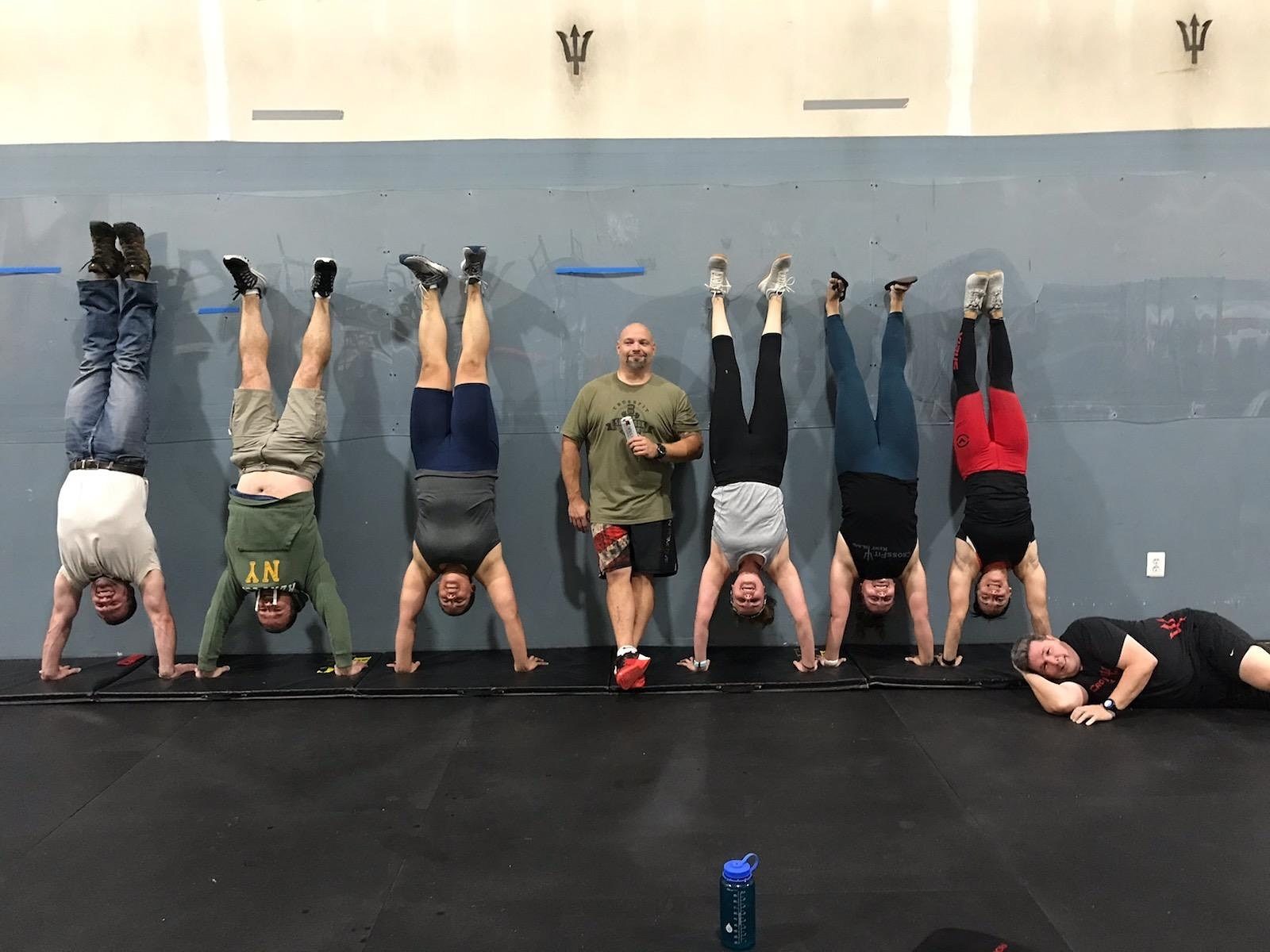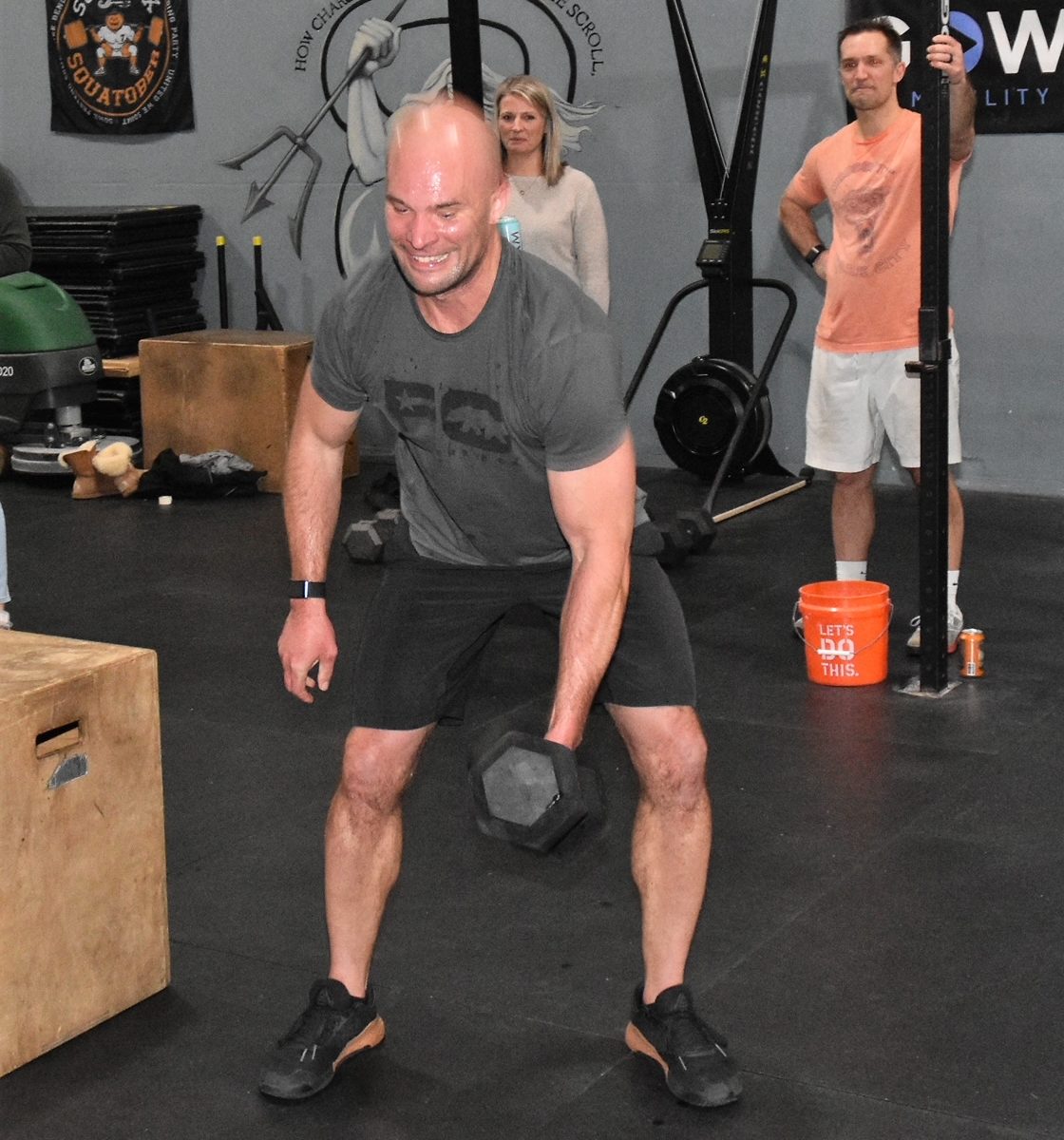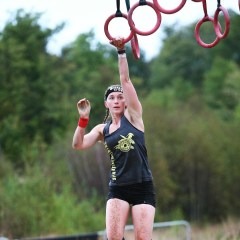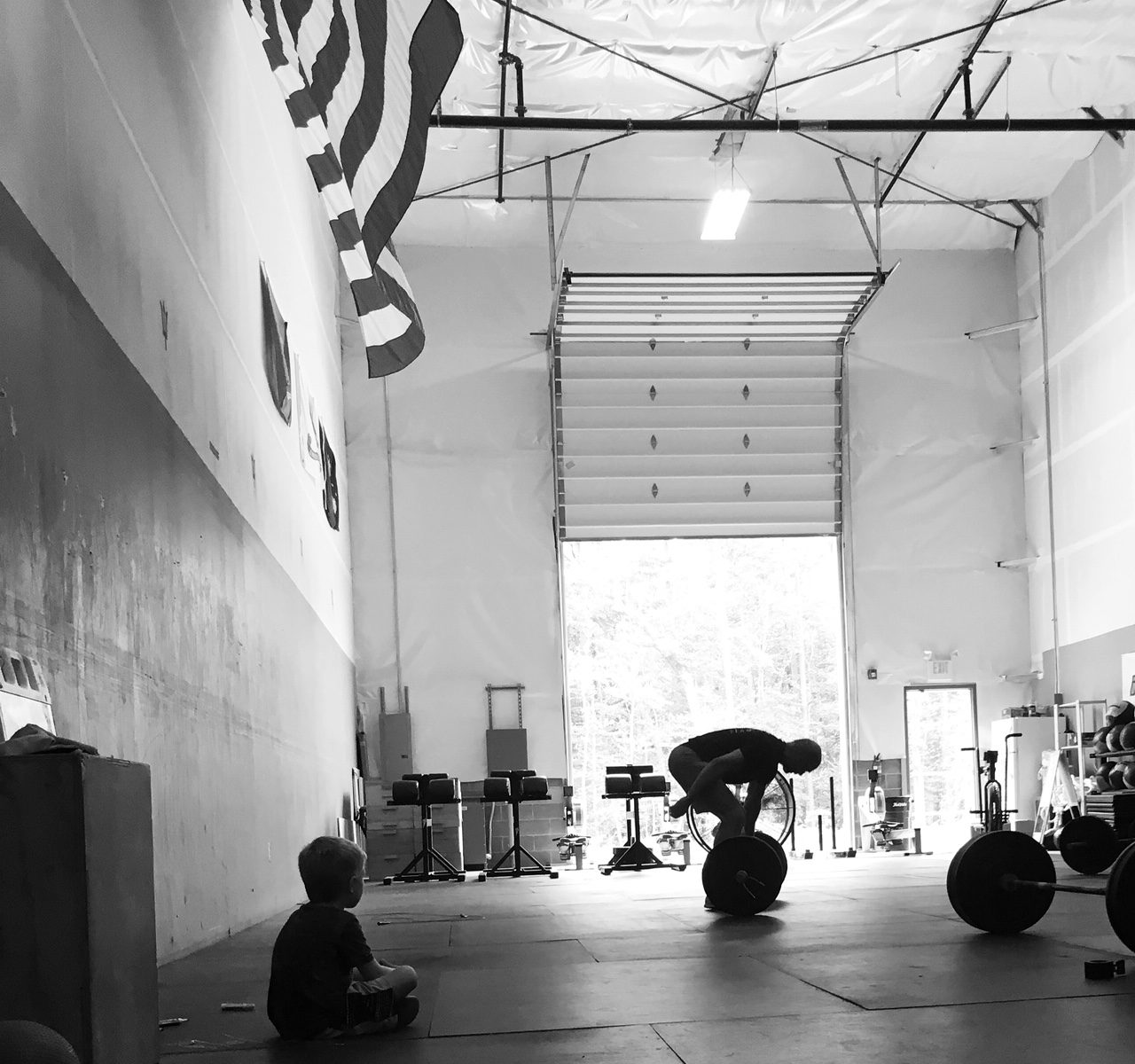Good morning! This week I’d like to ruthlessly steal an article from Thorne, a preferred partner of CrossFit that makes an outstanding line of supplements for supporting fitness and overall health. They provide us with a great discount that we are then able to pass on to our members! When you shop for Thorne supplements, please be sure to use our custom dispensary link and sign in with your email address so that you can access a 20% discount and not pay full retail price! Our link is: https://www.thorne.com/u/PR709542
Please read on for some great advice on post-workout recovery:
Don’t waste your workout. Your post-workout fuel is arguably the most important nutrition opportunity for everyone who exercises – from the professional athlete to the athletic professional. During this critical period, the objective is to shift your metabolism from breakdown mode to rebuild mode, so you can recover quickly and return stronger.
So, which nutrients should you focus on? We have put together this list of options to consider, depending on your workout, health goals, and nutritional regimen.
1. Protein: The Obvious Macronutrient
No matter the exercise goal – strengthening muscle, building endurance, becoming more flexible and agile, improving bone density, or simply maintaining health – protein is the key macronutrient to facilitate structural changes in muscles, tendons, and bones.
For anyone who exercises (in any sport or setting), consuming dietary protein above the recommended dietary allowance (RDA) helps maximize the metabolic adaptations you are seeking. Although the FDA’s Recommended Daily Allowance says 0.36 grams per pound of body weight is needed for general everyday function, individuals who engage in strength training might need three times that much – closer to one gram per pound of body weight daily, and in special cases, perhaps even more. To maximize muscle building, protein intake should be spread throughout the day.1 Providing a moderate amount of protein steadily over the course of a day will allow for the constant availability of amino acids in the bloodstream. Aim to get about 20 grams of protein immediately post-exercise – whether you drink a protein shake while walking out of the locker room or sit down to a meal. Add another 20 grams within two hours of finishing the exercise. Timing your final protein intake before sleep can also provide additional benefits for the athlete.
One scoop of Thorne’s Whey Protein (chocolate or vanilla) provides 21 grams of high-quality and bioavailable whey isolate. For those who work out at night, consider Thorne’s Recovery Pro which has 13 grams of protein per scoop, as well as a blend of ingredients that supports exercise recovery and sleep.*
2. Glutamine: An Amino Acid Used Up During Physical Stress
Glutamine, a conditionally essential amino acid, can be a necessary supplement when you undergo stressful situations, including exercise stress, stress from an injury or burn, or mental and emotional stress.* Glutamine helps maintain tight cellular junctions in the GI tract, providing first line immune support.* Glutamine also acts as an indirect antioxidant because it stimulates the production of glutathione, as well as supporting a balanced inflammatory response in muscles, the GI tract, and throughout the body.*
Having glutamine available in the blood during exercising can delay fatigue by supporting energy production and metabolism.* As one of the most abundant glucogenic amino acids (meaning it can be converted to glucose), it is used as an alternate energy source2 and can also help curb sugar cravings.* It supports switching from muscle breakdown to muscle rebuild when consumed post-exercise, thus helping to maintain muscle mass.* Glutamine is one of several supplements that can also be consumed pre-workout, but because it is depleted during exercise, taking glutamine post-exercise is ideal. It helps prepare for the next activity – whether it’s refueling for a second workout later in the day, recovering from a full day of work after a morning workout, or repairing while you sleep following exhaustive or prolonged exercise.*
As a rule of thumb, most individuals benefit from about 5-10 grams of glutamine post-workout. Serious athletes might want to consider more precise dosing. The research shows about 0.1 gram per kilogram of body weight will maintain glutamine levels in the blood.3 Thus, a 73-kg (160 pound) person would aim for 7.3 grams, while a 118-kg (260 pound) football player would want closer to 12 grams. Thorne’s L-Glutamine Powder is tasteless, provides five grams per scoop, and can be mixed with water or into a whey protein shake.
3. Carbohydrates: It Depends on Intensity and Duration
Carbohydrates provide important fuel for the body during high intensity or longer duration moderate-intensity exercise and are important to ingest before and during exercise. However, carbohydrates can be just as important post-exercise so the body can replete stored glucose. Consumption after exercise increases insulin to get glucose into the cells. Although carbohydrates consumed alone support exercise recovery, they are most effective when consumed with protein post-exercise.
Most low-intensity exercises or workouts that last less than 30 minutes don’t require additional carbohydrates; whereas, workouts of moderate length and intensity might require a 1:1 carbohydrate-to-protein ratio – 20 grams of carbohydrates with 20 grams of protein, for example. But as intensity increases, the ratio of carbs to protein should also increase. With greater intensity and longer duration, consider a 2:1 or even a 3:1 ratio (2-3 times as much carb as protein) immediately post-workout and then follow up with a meal within two hours.
The type of carbohydrate consumed is also important – ideally a high-quality, fast-digesting source. However, this does not mean you should reach for the typical high-fructose corn syrup or a glucose-heavy sports beverage. Fructose (fruit sugars) can cause GI distress in some individuals, so stick to lower fructose options like bananas, berries, carrots, or grains like oatmeal or granola.4
4. Curcumin Phytosome: When You Think “I’ll Be Feeling This Tomorrow”
Repetitive exercise movements such as jumping, running, swimming, throwing a ball, or work around the house like shoveling snow or landscaping can cause microdamage to muscles, tendons, or joints, resulting in soreness and achiness – referred to as delayed onset muscle soreness.
A clinical study supports Curcumin Phytosome (Meriva®) to help maintain normal inflammatory processes in the muscles and joints to alleviate delayed onset muscle soreness – reducing stiffness, promoting flexibility, and relieving minor aches and pains.*5
5. Creatine: The “Before, During, or After” Nutrient
Taking creatine monohydrate increases total intramuscular creatine, which supports skeletal muscle mass, lean body mass, and muscle fiber size.*
A question often asked – when is the best time to take creatine? The best answer is whenever it’s most convenient. However, there are some advantages to taking creatine post-workout. One study showed that taking five grams of creatine after resistance training with weightlifting increased fat-free mass and strength better than taking it before exercise.*6
Although some athletes follow creatine loading protocols, the general everyday maintenance dose set by the International Olympic Committee is 3-5 grams daily and has the best physiological benefits when consumed regularly. One scoop of Thorne’s Creatine provides five grams of creatine monohydrate and is tasteless, so it easily mixes with L-glutamine and protein.
The Takeaway
Although many nutrients (including some of these) are important to have in your system to fuel exercise, it is just as important to recover from a workout. Most of these nutrients can be made into a convenient post-workout beverage that helps hydrate while restoring cellular energy and maintaining normal inflammatory processes.*
Check out Thorne’s original article here: https://www.thorne.com/take-5-daily/article/five-nutrients-to-add-to-your-post-workout-routine







